IMF lending to Africa nears $70 billion since 2020, with further support expected
Commodity price falls cut almost 13 percent off value of exports
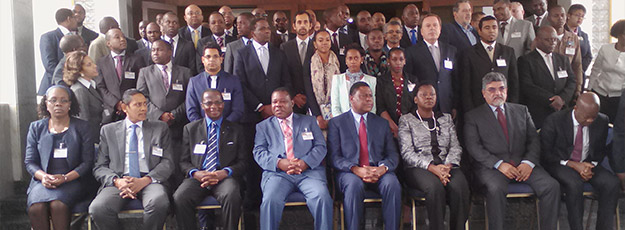
O País
Far from reaching the volumes desired by country, Mozambique’s exports have been falling since 2013, and by 2015, exports of raw materials were down 12.8 percent, central bank governor Ernesto Gove revealed on Friday.
Over 60 percent of Mozambique’s exports consist of aluminum, coal, electricity, tobacco, gas, sugar and wood – goods whose prices are set by the international market. Any fall in the price of these goods is reflected almost immediately in the country’s balance of payments.
Economists argue that the country should develop alternatives to export products whose value is set by international markets so as to reduce its vulnerability in times of crisis like that facing the country today.
According to former Mozambican minister of energy Salvador Namburete, the main speaker at the central bank’s recent conference, the proportion of non-manufactured products in global exports fell sharply. From about 70 percent in 1975 it plunged to around 7 percent in 2010, demonstrating this vulnerability.
Adding to this malaise, and compounded by the entry of aluminum and coal into Mozambique’s list of export products, is the fact that Mozambique continues to export practically the same products it exported in colonial times.
Speaking at a central bank conference held on Friday in Matola in response to central bank governor Ernesto Gove’s call for solutions to the country’s low levels of exports, Namburete compared South Africa and Mozambique and showed that while South Africa exports about 260 products, Mozambique has only about 100, including major projects, in its list.
Central bank economist Felisberto Navalha took up the question. “What is failing us it that we continue to export what we have been exporting since colonial times. In 40 years of independence we have added few products to the list, and of those which are on the list, the contribution of very few has increased, even in absolute terms. Some have even fallen. What should we do to sell more?”
Ragendra Vs Prakash over the role of entrepreneurs
Economist Ragendra de Sousa argues that the country lacks the business people to boost exports. “We have people with business cards, we do not have business people,” he said.
Reacting to this position, former central bank governor Prakash Ratilal replied that it was not businesses that were to blame, but the lack of a business environment favourable to the private sector.
Ratilal put forward a different idea, pointing out that entrepreneurs who had borrowed from banks in July 2015 are now paying 5.5 percent more than they should because of the economic crisis facing the country, which, in his opinion, was not the result of private sector errors.
Ratilal says the country had been accumulating problems that are now holding the private sector back, among them is the lack of incentive for economic activity. “We have no incentives for entrepreneurs, and I would point out that developed countries have such incentives. We lack institutions, rules and coordination of policies,” Ratilal said.
In a sometimes heated debate, de Sousa added that the main problem of the national entrepreneur is self-indulgence. “The bulk of our business people are custom-made and this fosters self-indulgence, because things are resolved by telephone and not by the market,” he said.
Ratilal extended the scope of the debate to include the sudden burgeoning of public debt. “What is to happen with the IMF, which says it did not know the size of the public debt? I would request that you speed up the resolution process on this central issue: confidence,” Ratilal said.






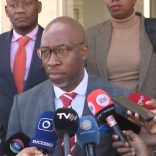
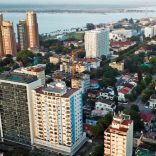
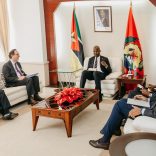

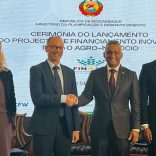
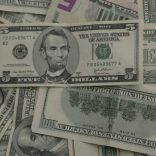

Leave a Reply
Be the First to Comment!
You must be logged in to post a comment.
You must be logged in to post a comment.